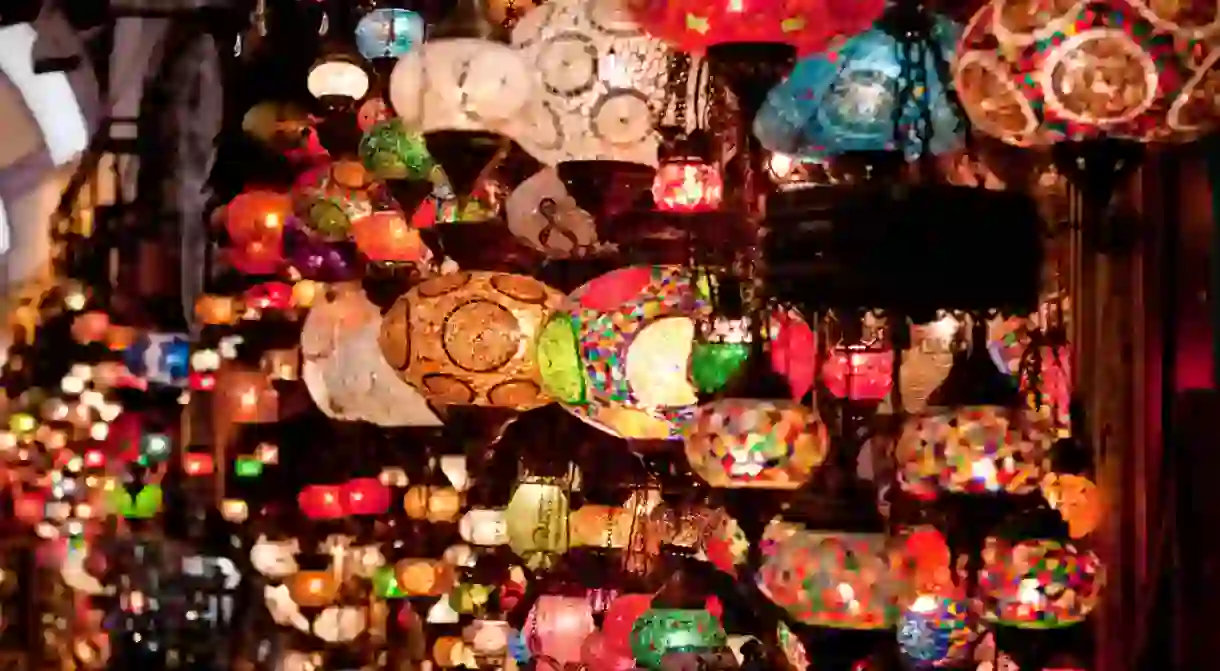The History Of The Grand Bazaar In 1 Minute

The Grand Bazaar in Istanbul, Turkey has a constant rush of shoppers day in and out, looking for everything from souvenirs to rare spices and antiques to the best handmade carpet. We took a look at the history of one of the world’s largest covered bazaars.
The Grand Bazaar came to life in the 15th century when Sultan Mehmed II ordered the construction of two stone Bedesten (domed buildings), where merchants could sell their goods, in order to amass income for the Ayasofya Mosque. These two Bedesten, named Cevahir and Sandal, quickly became a central artery in Istanbul’s commerce activities. When numerous stalls and shops began to crop up around the Bedesten, they were roofed over, and in 250 years the bazaar morphed into the structure it is today, surviving many fires and earthquake, most recently the fire of 1954.
Covering an area of 30.7 hectares, with over 3000 shops and 61 streets as well as ten wells, four fountains, and two mosques, it’s sometimes very confusing to get around. In the center of the bazaar you can still find the Cevahir Bedesten, where the bazaar’s most valuable items (such as antiques, copperware, and jewelry) can still be found, just like in the past. The other historic area, the Sandal Bedesten, is roofed with 20 domes and from there, the often random continuation of streets speak of a past where the bazaar grew organically and therefore disorderly.

The bazaar is surrounded by Hans (commercial buildings) where traditional workshops still operate on several floors. Until the 19th century the bazaar served as a one-stop shop for everything, from a new outfit to complete furnishing to weaponry. Today, the wares have changed greatly with a focus on souvenirs to attract visitors, and tradesmen of the past, such as helmet, fez, napkin, or quilt makers, have sadly mostly disappeared.
📅 Open daily 9AM-7PM, except Sundays













